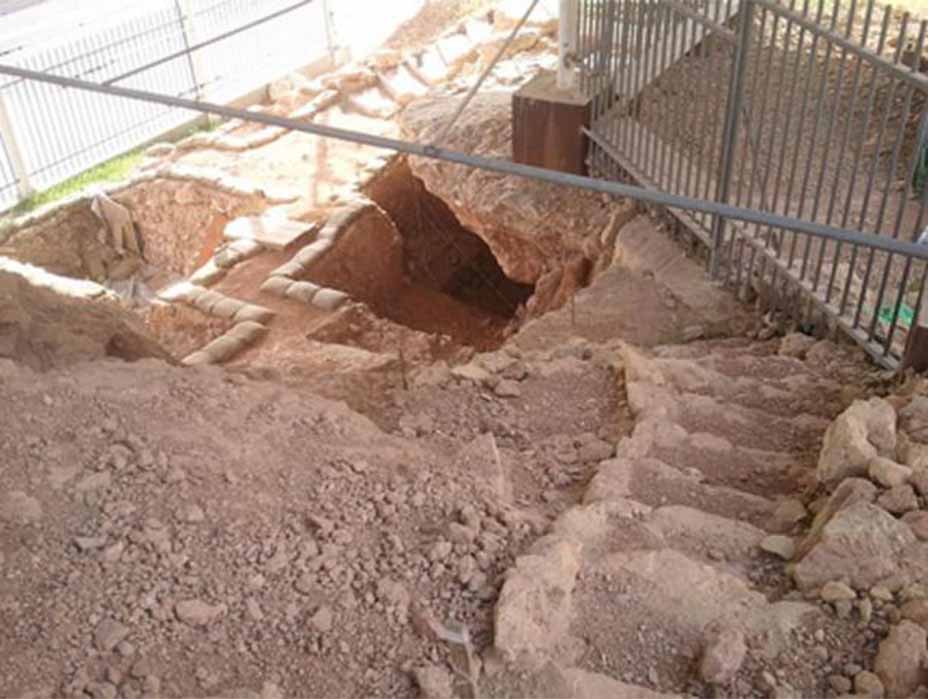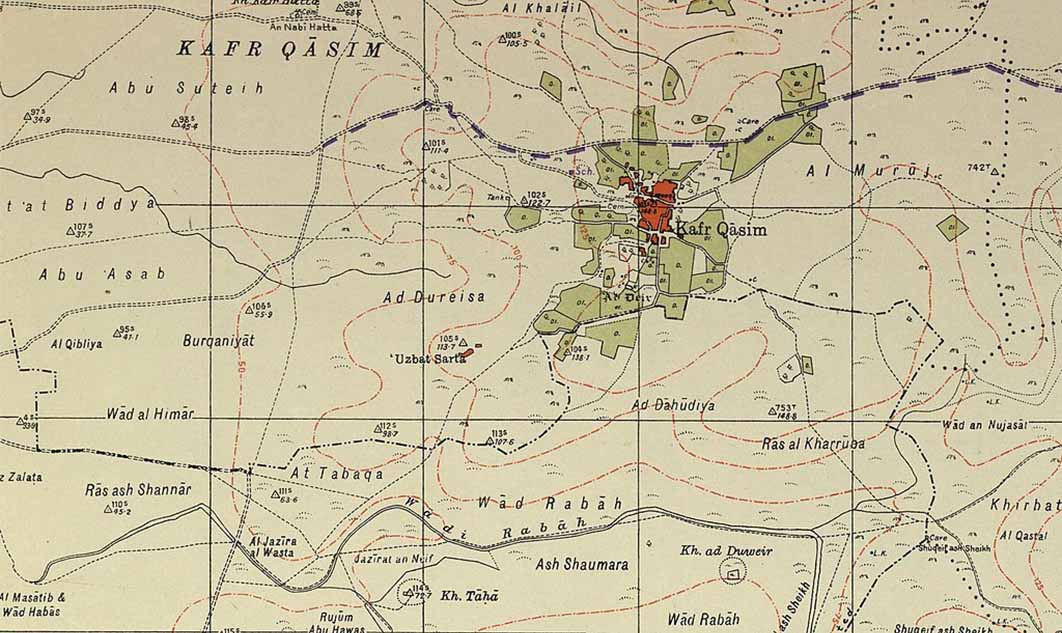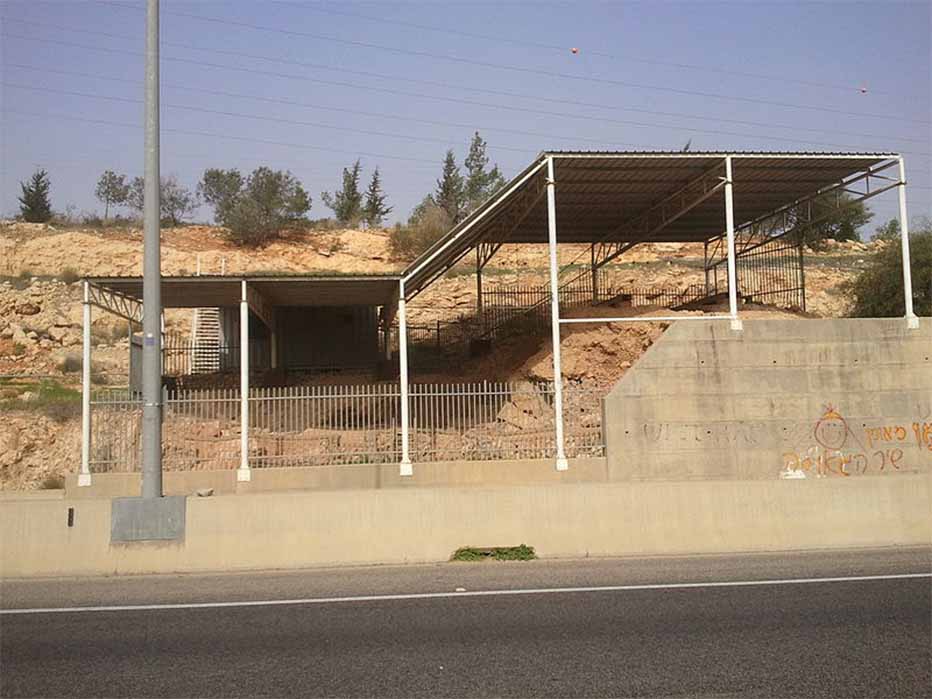
Qesem Cave People And The Genesis of Innovation
In 2000, during the construction of a highway in Israel, controlled explosives revealed a Paleolithic cave site by a large rocky outcrop just beneath the Arab-Israeli city of Kafr Qasim. What makes this site so remarkable is that the people of the Qesem community were arguably the first to recycle stone and bone objects, taking discarded or unusable items and refashioning them into new tools with specific functions.

The Qesem Cave in Israel. ( CC BY-SA 3.0 )
Celebrated author Andrew Collins describes his experience: My scheduled meeting with Ran Barkai and Avi Gopher, two of Israel’s most well-known archaeologists, was to take place in a modest room located somewhere within the maze of corridors making up Tel Aviv University’s Department of Archaeology and Ancient Near Eastern cultures. Inside were shelves stacked high with cardboard boxes clearly full of objects found during excavations, while taking up the room’s central area was a large “finds table” covered in trays filled with stone tools of every shape and size. Two of the department’s undergraduates rose from workstations to introduce themselves, with my first question to them being, “where did all these stone tools come from?” The answer was the Qesem Cave, and having gained permission to pick a few of them up, I took hold of a perfectly symmetrical prismatic blade; that is, a blade tool with a triangular profile. It was made of blue-grey flint and reminded me of very similar blade tools I had seen at the pre-pottery Neolithic site of Göbekli Tepe in south-eastern Anatolia, which thrived circa 9600 to 8000 BC. Put them side by side and one would hardly know the difference, something that confirmed the immense skill of the Qesem people, who lived toward the end of the Lower Paleolithic Age. I was still admiring these beautiful stone tools when Ran Barkai entered the room. He immediately pointed out that not all the blades from the Qesem Cave were quite like these. Many were of a quite different nature and included what are known as naturally backed blades, that is, a long slim tool with the flint’s original light-colored cortex forming its blunted rear edge; an example of which was immediately handed to me. Curiously, this, too, matched similar tools I had seen at Göbekli Tepe.

Kafr Qasim in 1941. The Qesem Caves are located just beneath the town of Kafr Qasim. (Public Domain)
The Story Of The Qesem Cave
Almost immediately, we were joined by Barkai’s colleague Avi Gopher, one of the world’s leading authorities on the Paleolithic and Neolithic cultures of the Levant. For many years, I had been referencing his work in my books, and here he was curious to meet this science and history writer from the United Kingdom who had flown all the way to Israel to see the Qesem Cave. It was found, they said, in the year 2000 during the construction of the Trans-Samaria Highway that now links Tel Aviv and Israel’s Mediterranean coast with the Palestinian West Bank. Apparently, the construction company responsible for this immense project had found its way barred by a large rocky outcrop just beneath the Arab-Israeli city of Kafr Qasim. Controlled explosions shattered the rock into manageable pieces, which laid bare the entrance to a cave covered with a carpet of stone tools and animal bones, most of them held tight in a thick cement-like matrix.
- New Shocking Clues Into Human Origins From Qesem Cave
- Mysterious 300,000-Year-Old Early Humans Used Fire to Make Flint Blades
- Did 420,000-Year-Old Humans Plan Their Diets and Store Food?
Thereafter work on the Trans-Samaria Highway ceased to enable a suitable archaeological team to begin investigating the site. This is something required under Israeli law. Indeed, any construction company uncovering what is quite clearly a major archaeological discovery is legally bound to supply the necessary funds for a proper survey of the site, along with any “rescue work” necessary before construction work can continue. Archaeological institutions are encouraged to bid for the opportunity to carry out this work, with the one submitting the lowest quotation winning the contract.
The successful bidder for the contract to explore the Qesem Cave was the Tel Aviv University team put together by Barkai and Gopher. They inspected the collapsed cave entrance and instantly recognized its immense importance.





